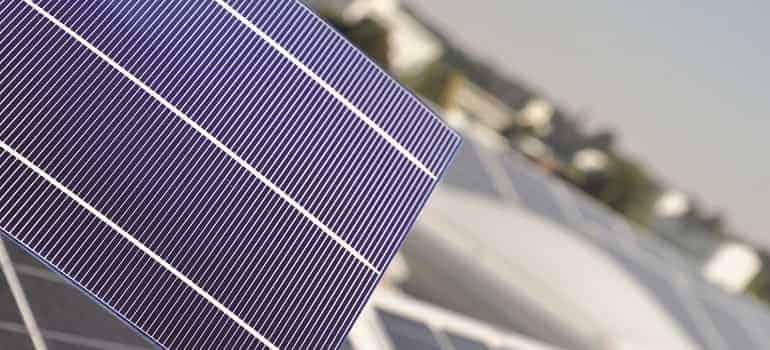IIT Madras researchers have discovered a new material to effectively split Water into Hydrogen and Oxygen using Solar Power.
This research is expected to create a renewed interest in solar fuels domain, which can potentially bring the conversion and storage part in a single system, thereby reducing the cost per kWh of solar energy.
The material discovered is a good photovoltaic material and at the same time remain stable in water medium.
The Solar Energy Research Group (SERG) at IIT Madras, led by Dr. Aravind Kumar Chandiran, Assistant Professor, Department of Chemical Engineering, is specializing in the development of materials and devices architectures for solar cells, solar water splitting to hydrogen fuels, carbon dioxide recycling and metal-air batteries for electric vehicles.
This research paper has been published in the reputed peer-reviewed chemistry journal Angewandte Chemie International Edition. It was co-authored by Dr. Aravind Kumar Chandiran and SERG’s research scholar Muhammed Hamdan.
Solar energy conversion to electricity and their storage at a very low cost is an integral part of renewable energy research, to reduce the world’s reliance on fossil fuels and in turn move out of anthropogenic greenhouse gases like carbon dioxide.
It is an immediate requirement to develop low-cost solar energy conversion and storage systems that can produce energy equal to lower than the cost of grid power.
Several hundreds of research papers were published on improving the robustness of this material in oxygen and humid conditions, by selectively tuning the constituent atoms. However, only a partial ambient stability is being achieved and, these state-of-the-art materials still decompose instantly when they come in contact with water.
The SERG’s research scholar Muhammed Hamdan, while investigating materials for solar cells, discovered a ‘halide perovskite’ (Cs2PtI6), which completely absorbs the entire visible light and remains extremely stable in ambient. This material is also found to be stable in strong acids and bases.

